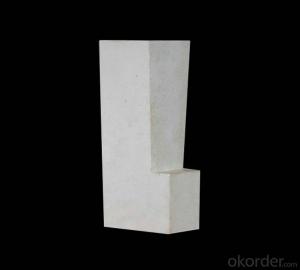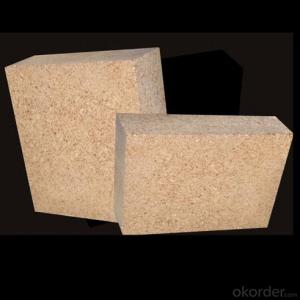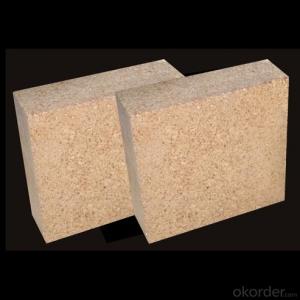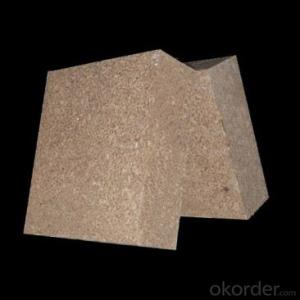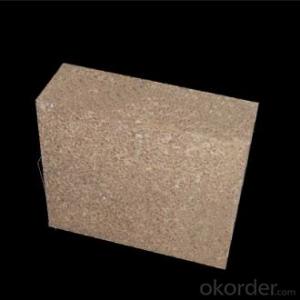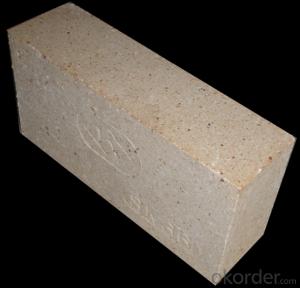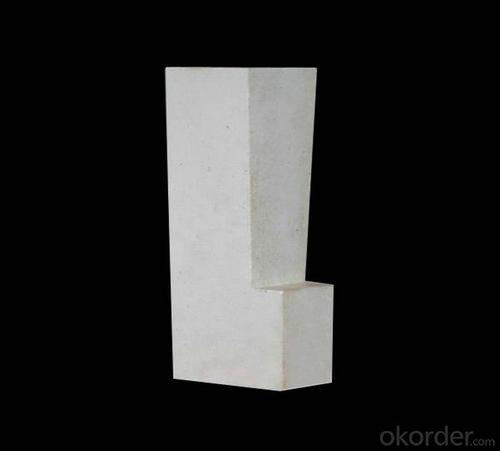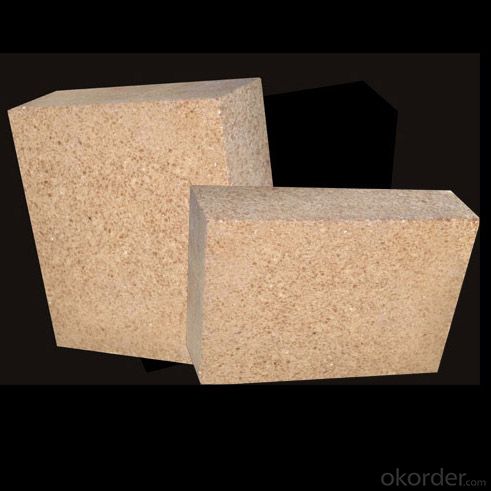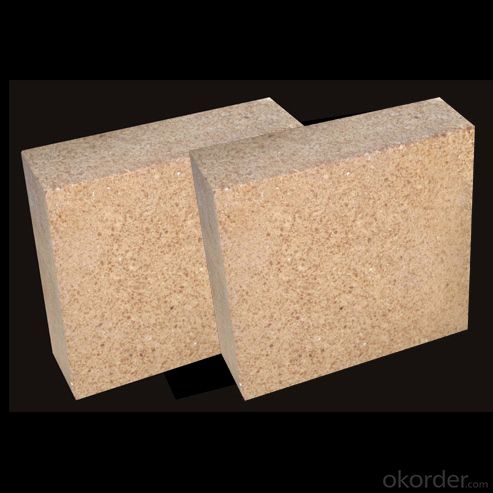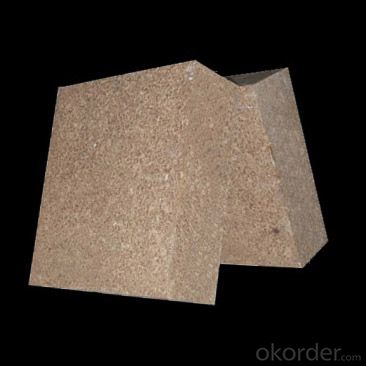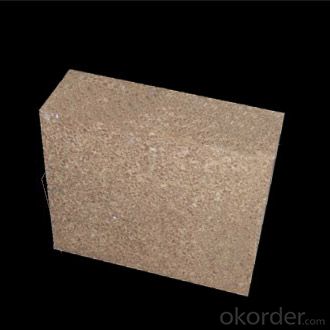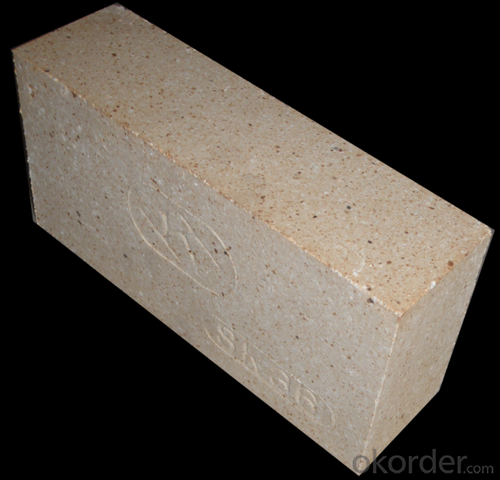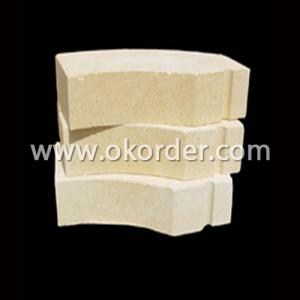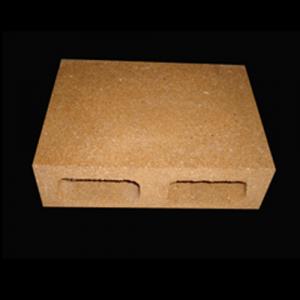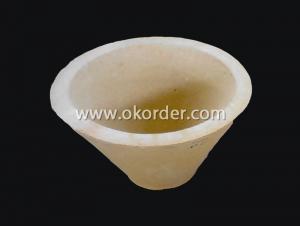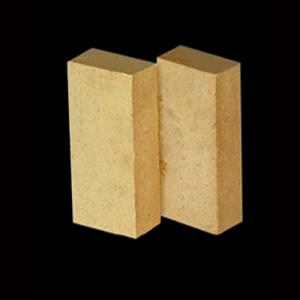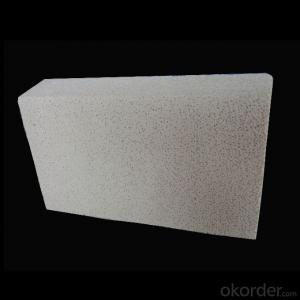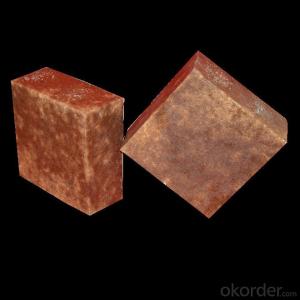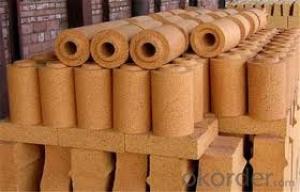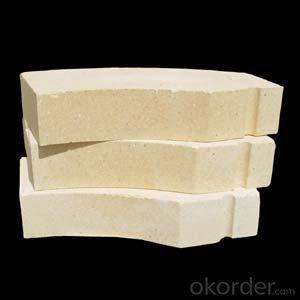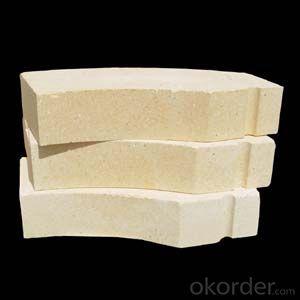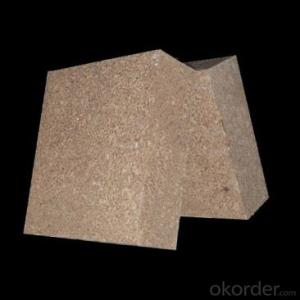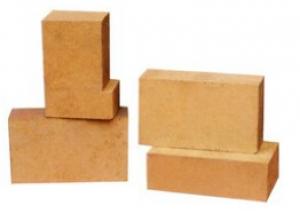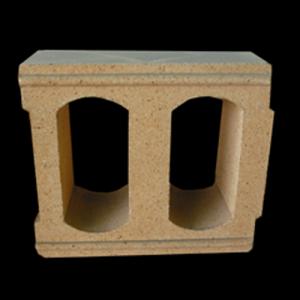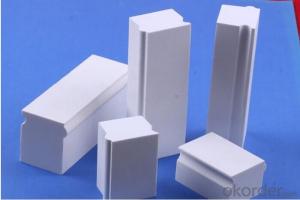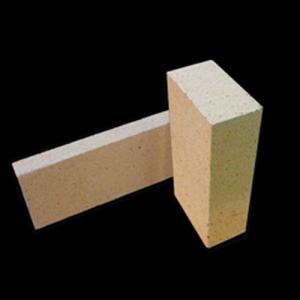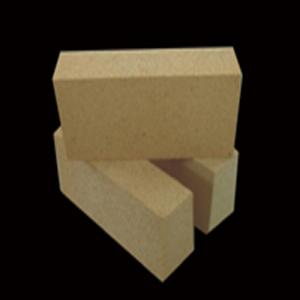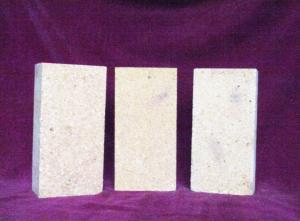High Alumina Bricks for Alumina Production Furnaces
- Loading Port:
- Qingdao
- Payment Terms:
- TT OR LC
- Min Order Qty:
- 5 m.t.
- Supply Capability:
- 10000 m.t./month
OKorder Service Pledge
OKorder Financial Service
You Might Also Like
High Alumina Bricks for Alumina Making Stoves
Composite of High Alumina Bricks for Alumina Making Stoves
High Alumina Bricks are classified according to alumina content ranging from 48% to 90%.
Main Features of High Alumina Bricks for Alumina Making Kilns
Low thermal conductivity
Excellent acid and base slagging resistance
Excellent thermal shock resistance
Excellent mechanical strength
Wear and erosion resistant
Application of High Alumina Bricks for Alumina Making Stoves
commonly used in blast furnace, hot blast furnace, the roof of electric furnace, teeming ladle, rotary kiln, regenerator, etc
High Alumina Bricks for Alumina Making Stoves Images
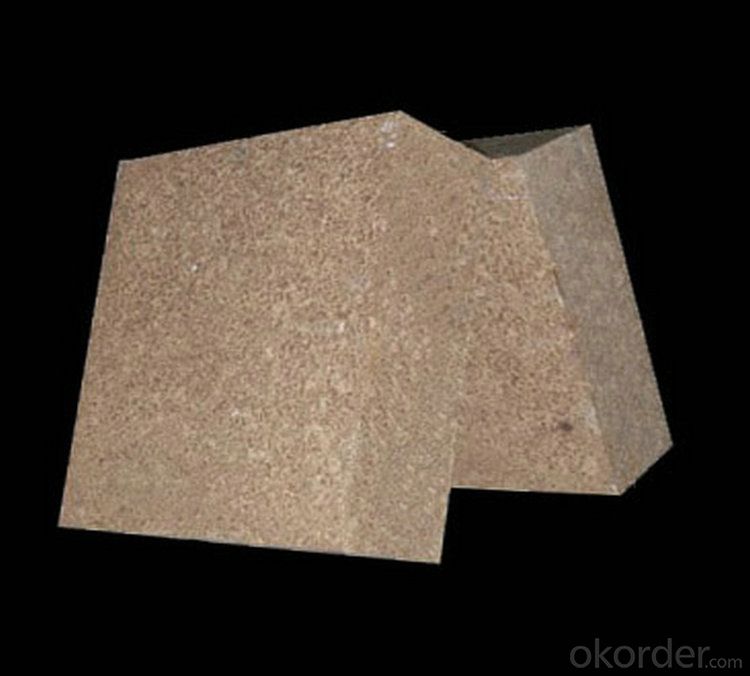
Specification of High Alumina Bricks for Alumina Making Stoves
HIGH ALUMINA BRICK---ALP85 | |
Apparent Porosity (%) | ≤18 |
Bulk Density (g/cm3) | ≥2.85 |
Cold Crushing Strength (Mpa) | ≥80 |
Modulus Of Rupture (Mpa) | ≥20 |
Refractoriness Under Load (0.2 Mpa)(℃) | 1450 |
Permanent Linear Change (%) | 1500℃×3h -0.5 ~+0.5 |
Chemical Composition (%) |
|
Al2O3 | ≥82 |
Fe2O3 | ≤1.5 |
P2O5 | ≤3 |
FAQ of High Alumina Bricks for Alumina Making Stoves
Q1:Are you a manufacture or trader?
A:Factory+trade(mainly factories, at the same time, we operates other related products).
Q2:Can we visit your factory?
A:Sure,welcome at any time, seeing is believing.
Q3:What's the MOQ of trial order?
A:No limit, We can offer the best suggestions and solutions according to your condition.
Q4:Which payment terms can you accept?
A:T/T,L/C are available for us.
Q5:Is your company accept customization?
A:We have own factory and excellent technical team, and we accept OEM service.
Q6:How about your company's certification?
A:ISO9001 and Test Report, also we could apply other necessary certification.
Q7:How about your company's certification?
A:ISO9001 and Test Report, also we could apply other necessary certification.
- Q: What's the difference between a well type annealing furnace and a box type annealing furnace?
- RT3 series trolley type resistance furnace is a national standard energy-saving cycle type operation furnace. It has super energy-saving structure, adopts fiber structure and saves electricity 30%. Exclusive production of composite high aluminum nails group, car anti-collision sealing brick, automatic sealing trolley and furnace door, integrated rail, without the basic installation, placed on the ground floor can be used. Mainly used for high chromium, high manganese steel castings, ductile iron, roller, steel ball, 45 steel, stainless steel quenching, annealing, aging, and various mechanical parts heat treatment. Features: 1, no noise, no environmental pollution. 2, small heat storage, less heat loss. 3, high temperature control accuracy, furnace temperature uniformity. 4, a high degree of automation, simple. 5, PID programming can be used to set, fully automatic operation. 6, good sealing, long life, safe and reliable. Widely used in chemical, petroleum, food, metallurgy, machinery, light industry, electricity, ships, paper, mining, medicine, central heating and other industrial sectors. With the development of social productive forces, its application in various industries is more and more widespread. Two, pitannealingfurnace (for example: flange heat treatment furnace) use: the furnace for metal parts, such as ring of equipment heat treatment at rated temperature: the furnace is composed of furnace body and a movable furnace cover and control system.
- Q: The difference between aluminium refractory and magnesia refractory
- Therefore, the difference between the two is a neutral, one is alkaline, the original product is different naturally.
- Q: What are the common thermal insulation materials for thermal conductivity?
- The single organic insulation material should be the best polyurethane in the field. In accordance with the production process can be divided into on-site foam polyurethane and factory prefabricated rigid foam polyurethane board. The scene is polyurethane foam isocyanate and polyol to cool (polyether or polyester) two components as the main raw materials with additives, the on-site spraying construction with thermal insulation and waterproof function of the rigid foam material.
- Q: What's the price of high alumina refractory bricks?
- The price of high alumina refractory bricks varies greatly according to the content of AL2O3.
- Q: How to make refractory bricks and boiler wall adhesion more firm?
- If the condition, the user heat-resistant steel welding grip nails, expansion joints can not be too big.. Also to use high temperature aluminum brick, high temperature resistance, but also to extend its use cycle.
- Q: What are ordinary bricks, refractory bricks, hollow bricks?
- Hollow brick is divided into cement hollow brick, clay hollow brick, shale hollow brick. In March 2011 Yunnan Yingjiang earthquake occurred in 5.8, the use of cement hollow brick houses collapsed and killed several people, due to safety concerns that Yunnan intends to disable the cement brick, Shandong Qingdao in the construction of real estate has also been halted the use of cement hollow brick. Professional claims in the construction industry argue that the prohibition of the use of such statements is unscientific and unprofessional. Misleading the public, it must be corrected. Hollow brick is only a kind of building material, and it is no problem to use it in scientific way. Hollow brick in use is very scientific, high quality requirements, the investigation of the foundation is suitable for the use of hollow bricks, how to design, construction, cement and other related ingredients, there are no problems. According to strict procedures, scientific use, strict implementation of relevant national standards, the use of qualified hollow bricks, there is no problem. Similarly, if the use of solid bricks does not strictly comply with the relevant standards of the state, the same will be a problem.
- Q: The difference between ordinary and diatomite brick refractory brick
- Refractory brick belongs to a large class, according to different materials used are divided into: high alumina brick, dolomite brick, magnesia chrome brick, magnesia spinel brick, phosphate brick, carborundum brick, brick, mullite bricks etc..
- Q: Refractory brick, high alumina brick, magnesia chrome brick, magnesia brick, clay brick, which type of high temperature refractory brick?
- High alumina brick clay brick up to 1700 degrees above 1500 degrees -1750 degrees of magnesia brick and magnesia chrome brick 1500-1650 degrees, I is the production of clay brick, brick my temperature at 1500-1700 degrees. Specific depends on what kiln, brick is only part of it
- Q: What is the high temperature limit of refractory bricks and refractory soil?
- Fire clay -- usually refers to folk point stove furnace set with a kind of soil, limit under atmospheric pressure of 1500 degrees fire clay soil 1, properties and uses: clay brick of weak acid refractory material, its thermal stability is good, suitable for hot blast furnace, boiler and flue, smoke chamber lining, etc..2, product specifications form: standard shape, general, special-shaped and special-shaped brick. Physical and chemical properties of fireclay bricks.
- Q: What is the difference between metal compounds and metal solid solutions?
- Solid solution refers to the alloy phase in which the solute atoms are dissolved into the solvent lattice and remain solvent type. A crystalline substance consisting usually of atoms or molecules in which a chemical substance is dissolved as a base; other substances are found in alloys and silicate systems; also present in polyatomic substances. The mixture can be treated as a solution when the crystal structure of the solvent can be stabilized and homogeneous after addition of solute. Some mixtures can form solid solutions in many concentrations, while some mixtures do not form solid solutions at all.
Send your message to us
High Alumina Bricks for Alumina Production Furnaces
- Loading Port:
- Qingdao
- Payment Terms:
- TT OR LC
- Min Order Qty:
- 5 m.t.
- Supply Capability:
- 10000 m.t./month
OKorder Service Pledge
OKorder Financial Service
Similar products
Hot products
Hot Searches
Related keywords
